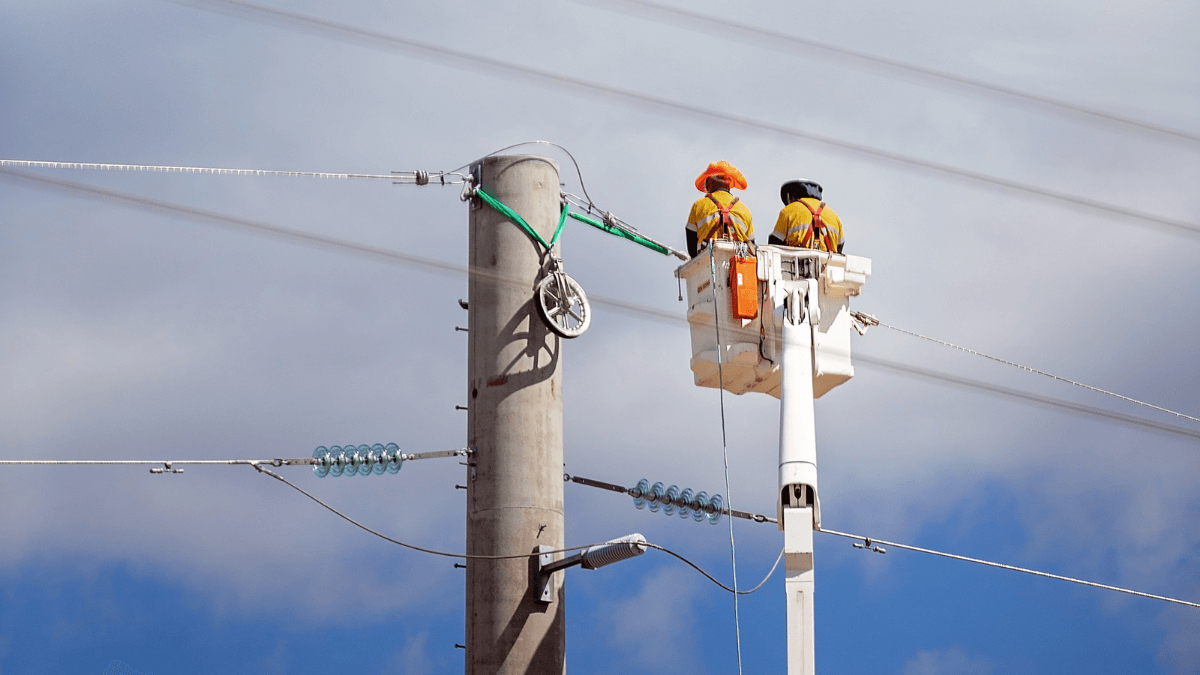The work focused on a 220 kilovolt (kV) transmission line connecting the Chalinze substation to the rapidly growing Kinyerezi power hub on the outskirts of Dar es Salaam. Engineers replaced worn-out insulators—the devices that prevent electricity from leaking off the lines—after inspections revealed weaknesses that could have disrupted service.
Ordinarily, such work would have required shutting down the line for several hours, leaving entire districts in darkness. But thanks to advanced “live-line” technology, the maintenance was done while electricity continued to flow.
Speaking during the operation, an engineer from the transmission team explained that without the new method, power would have been cut for at least six hours. That would have meant households and businesses across Chalinze, Mlandizi, and Kibaha going without electricity—a disruption that often carries economic costs.
Also Read; Kim Jong Un’s Beijing Visit Sparks Secrecy Concerns
“This technology has completely removed the need to switch off supply during critical repairs,” he noted, emphasizing that uninterrupted electricity boosts both public confidence and economic activity.
The development underscores the importance of modernizing Africa’s power networks. Reliable electricity is essential not only for households but also for industries, hospitals, and small businesses that drive the economy. As Tanzania continues to expand its grid, such innovations could become a model for other countries facing similar infrastructure challenges.
Globally, electric power transmission has been undergoing a quiet revolution, with live-line maintenance techniques now seen as a key strategy to enhance resilience. Experts say this helps utilities balance the dual demands of upgrading aging systems while meeting rising energy needs, particularly in fast-growing economies.







